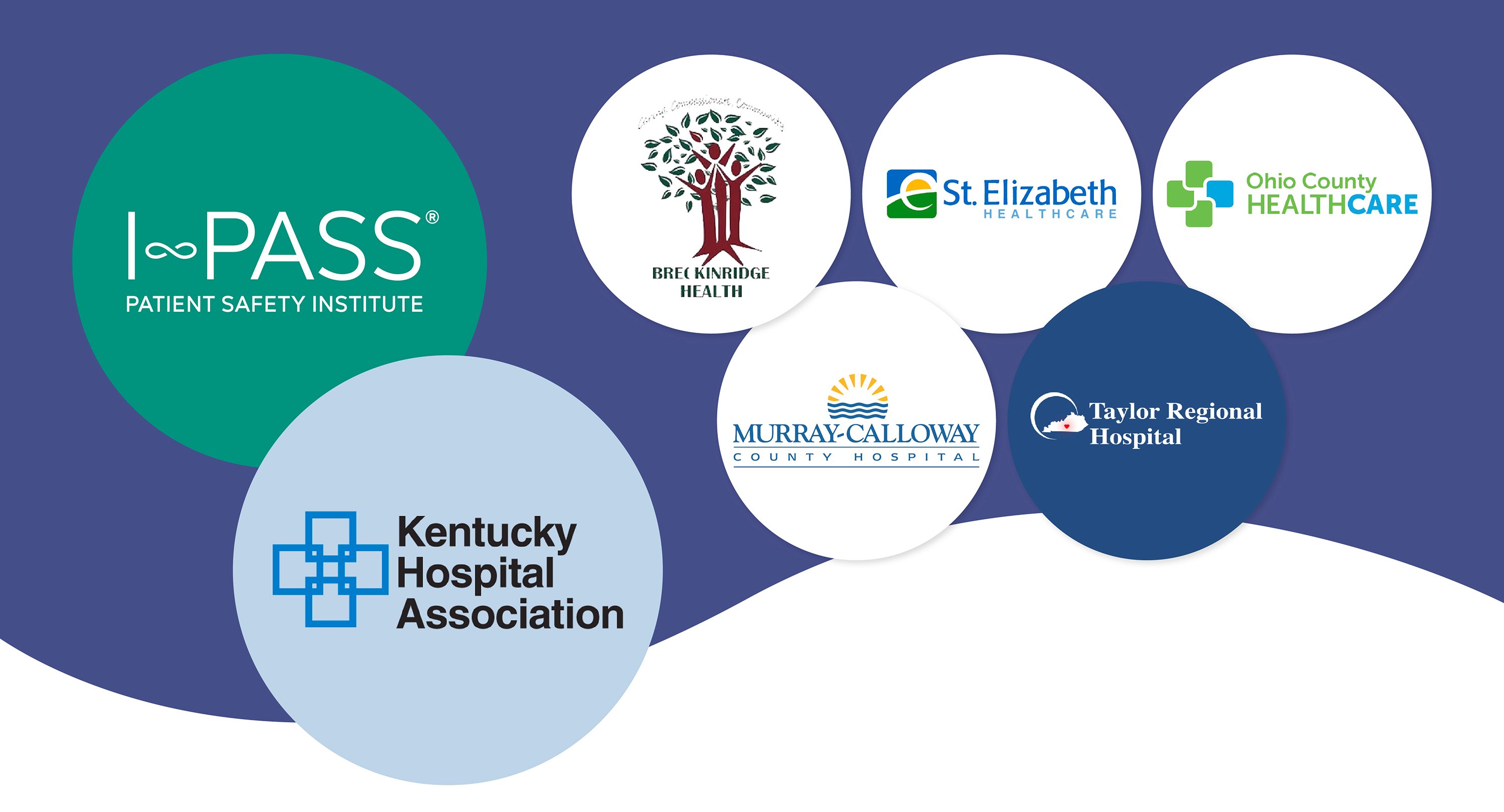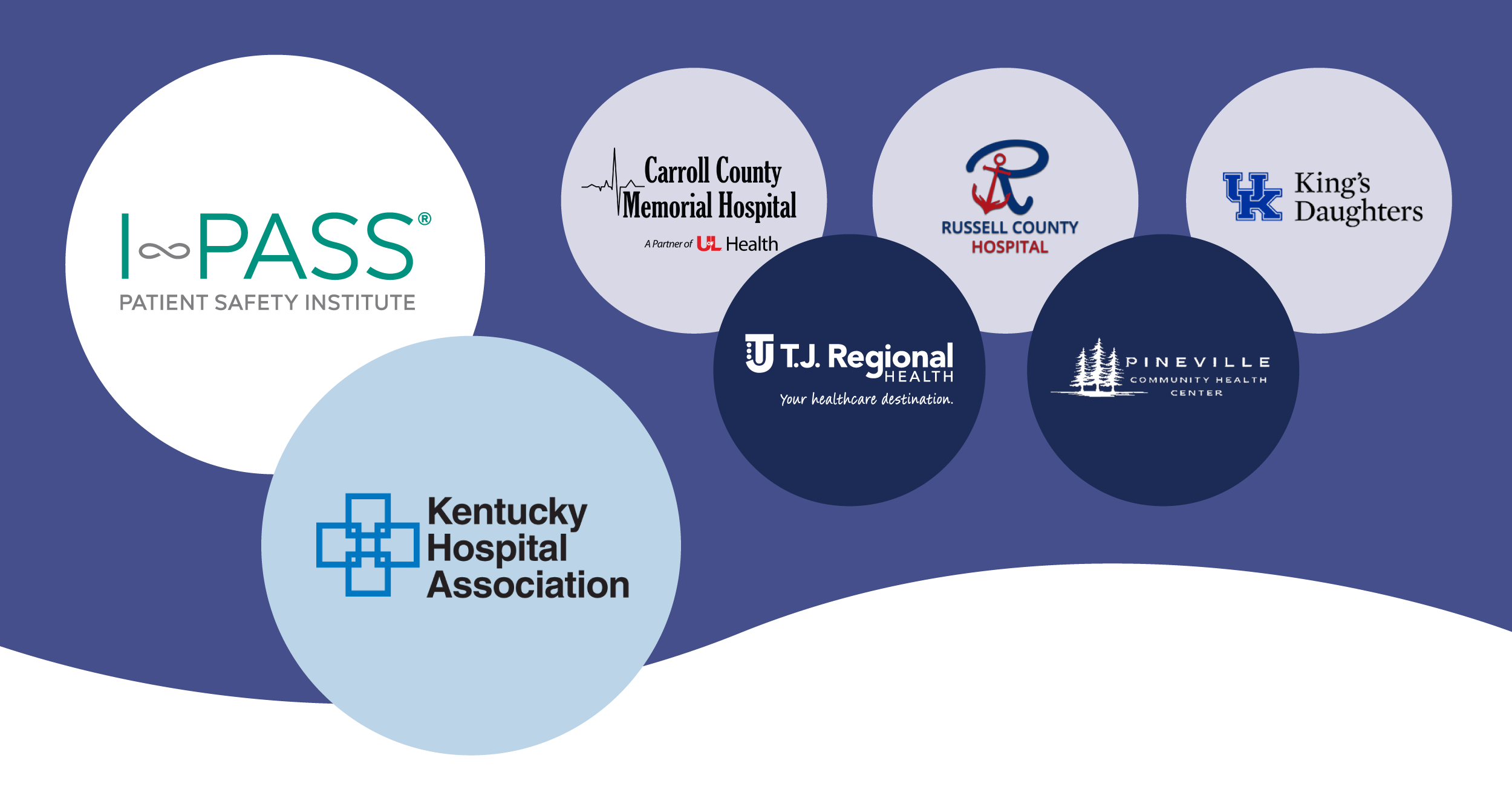In our new position paper, I-PASS thought leaders Bob Hanscom and Dr. Christopher Landrigan underscore the importance of investing in a structured handoff solution to improve patient safety and reduce the financial burden of medical malpractice claims on healthcare systems. Here’s a summary of the key findings from the position paper.
Poor communication in healthcare settings leads to serious consequences for clinicians and their patients. Research conducted over the past two decades demonstrates that communication failures are a key driver of patient safety failures and malpractice claims. These incidents can result in patient injury and death, which in turn negatively impacts both the providers involved in these incidents and the overall healthcare system. While specific clinical and thematic areas in healthcare (such as surgery, diagnosis, obstetrics, and medication administration) face unique safety and malpractice risks, miscommunication is an issue that drives safety failures and malpractice claims across specialties, disciplines, and care settings.
An intentional approach is critical in identifying which miscommunications lead to safety failures and understanding how we can reduce these failures. As informed participants in the healthcare industry, we are all responsible for investing in solutions and resources that elevate the national standard of care. First, we must acknowledge the recurring and new trends in patient safety and medical malpractice.
Patient Safety Trends
- Starting a patient safety movement after the release of To Err is Human: Building a Safer Health System in 1999
- Reaching safety goals in silos (e.g., surgical safety checklist; obstetric team training)
- Identifying communication breakdowns as a leading cause of sentinel events and malpractice cases
Medical Malpractice Trends
- Growing number of claims
- Rising claims severity and outsized megaverdicts
- Increasing average cost of medical malpractice claims
- Rising insurance premiums across the nation
- Shrinking of the premium base due to industry changes
It’s critical for healthcare organizations to innovate and implement effective solutions to slow or reverse these trends. Healthcare organizations, including medical professional liability insurers, are more likely to maintain long-term success if they invest in tools that help avoid risk and reduce cost.
Understanding the Impact of Communication Failures on Malpractice Claims
To gain a deeper understanding of the role of miscommunication in malpractice claims, a retrospective review of malpractice claims over a 10-year period from 2001 to 2011 sought to determine the proportion of claims involving communication failure and describe their nature. The findings, published in the Journal of Patient Safety in 2021, revealed that communication failures were identified in 49% of malpractice claims.1 Furthermore, communication-related malpractice claims are extremely expensive as they are difficult to defend and usually end quickly in a large settlement. Find specific figures in the position paper.
Leveraging Handoff Tools to Minimize Medical Malpractice Expenditures
As recent research shows, handoffs are a particularly vulnerable time for communication failures that can lead to serious or fatal medical errors. As an industry, we should focus on introducing structured communication to critical transitions in care—from one care unit to another, from hospital to home, from ambulatory care facility to hospital, and so on. Handoff tools reduce care variability and have been shown to result in lower medical error rates and improved patient safety. Additionally, the presence of a structured handoff method allows clinicians to hand off information with a more complete, safeguarded approach and provides care teams with peace of mind after a busy shift.
Related: Carilion Giles Community Hospital Case Study
To achieve a truly safe environment for patients, it is essential that we effectively tackle the overlooked root causes of harm. Miscommunication is the number one root cause of sentinel events and malpractice claims in the United States and has, to date, received far too little attention. I-PASS is a program for structured communication that creates a path forward to address the core problem of communication errors and, ultimately, to reduce sentinel events and malpractice claims.
Learn more about leveraging structured handoff tools to improve patient safety and reduce the financial burden of medical malpractice claims on the healthcare system. Read the full position paper.





